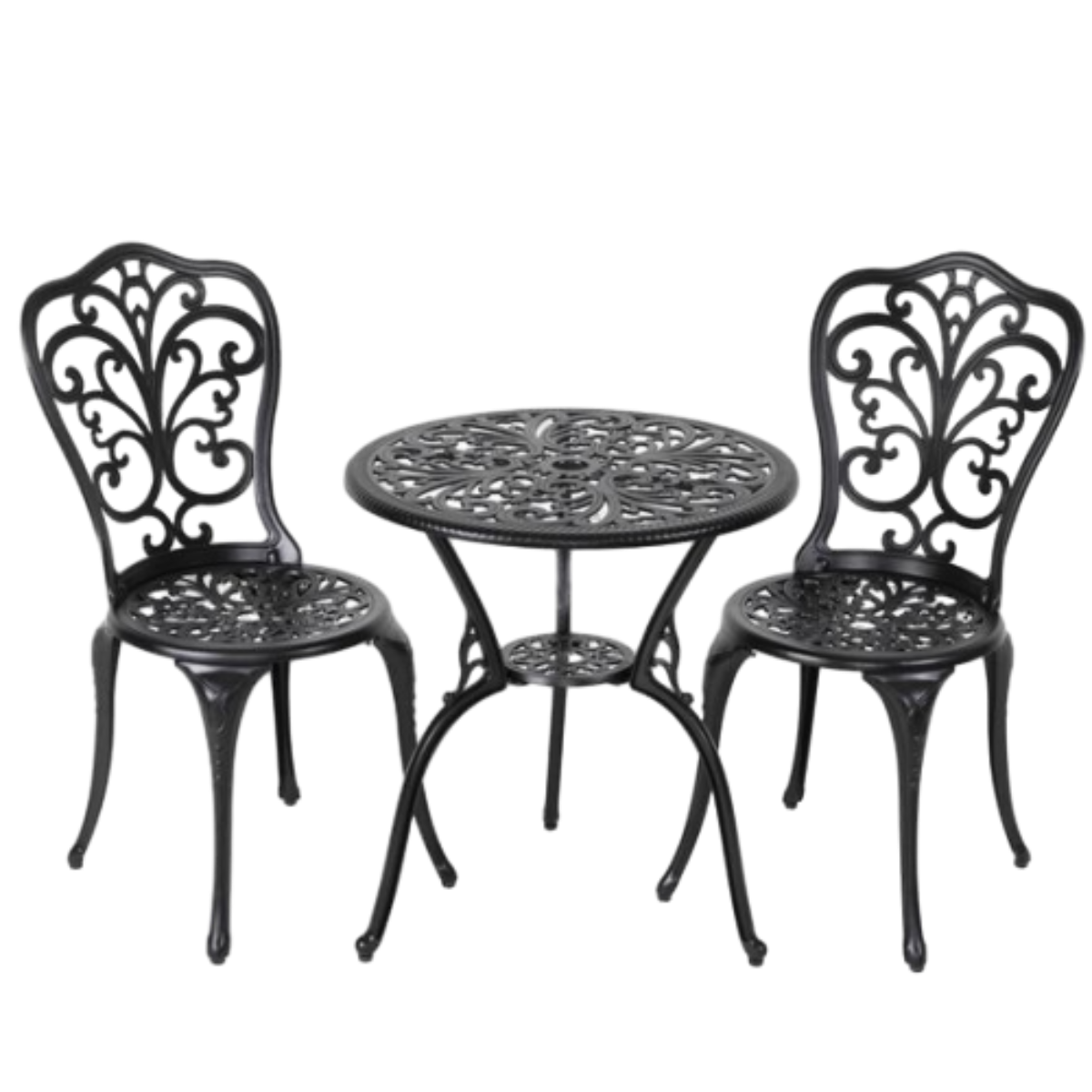Essential Components of Decorative Iron Railing for Your Home and Garden
Understanding Ornamental Iron Railing Parts A Comprehensive Guide
Ornamental iron railings have long been celebrated for their strength, durability, and aesthetic appeal. Found in a variety of settings, from residential homes to commercial buildings, these railings enhance both safety and design. To fully appreciate their beauty and functionality, it’s essential to understand the various parts that make up ornamental iron railings.
1. Posts
The foundation of any railing system lies in its posts. These vertical components are typically made from solid iron and are crucial for providing the necessary structural integrity. Posts come in various designs—from simple, cylindrical shapes to intricate, decorative styles that add character to the railing. They are embedded in concrete or attached to the floor, ensuring that the railing system remains stable and secure.
2. Rails
The horizontal components of a railing system are known as rails. There are usually two types top rails and bottom rails. The top rail is the uppermost section that provides a comfortable grip and added safety, while the bottom rail acts as a support for the balusters. Rails can be designed in various styles, including smooth, ornate, or featuring geometric patterns, allowing homeowners to customize the look of their railings.
3. Balusters
Balusters are the vertical supports that run between the top and bottom rails. Their primary function is to provide safety by preventing falls. However, they also play a significant role in the overall aesthetic of the railing. Balusters can be straight, curved, or even designed with intricate patterns, ranging from classic scrolls to modern geometric shapes. The spacing between balusters is critical, as it needs to comply with safety regulations while also appearing visually pleasing.
ornamental iron railing parts

4. Caps
Caps are decorative elements that are placed on the top of each post. They come in different designs and serve both aesthetic and functional purposes. In addition to enhancing the railing's visual appeal, caps can help protect the post from the elements, preventing water from seeping into the iron and causing rust over time. Common cap styles include flat, pointed, or decorative ball shapes, each adding a unique touch to the overall railing design.
5. Brackets and Connectors
These hardware components are essential for the construction and installation of ornamental iron railings. Brackets offer additional support, helping to secure the rails and balusters to the posts. Connectors are used to join different sections of the railing, ensuring that the entire system is stable and well-fitted. Choosing high-quality brackets and connectors is crucial for the durability and longevity of the railing.
6. Finishes
The finish applied to ornamental iron railings can dramatically affect their appearance and longevity. Common finishes include powder coating, paint, and galvanization. Powder coating offers a wide range of colors and finishes while providing excellent protection against corrosion. Galvanization involves coating the iron with zinc, which provides a longer-lasting, rust-resistant barrier. The choice of finish not only influences the railing's aesthetic but also its ability to withstand the elements.
In conclusion, ornamental iron railings combine beauty with functionality, enhancing both the safety and style of any property. By understanding the various parts—posts, rails, balusters, caps, brackets, connectors, and finishes—homeowners can make informed decisions when selecting and designing these elegant structures. Whether your preference lies in classic designs or modern styles, ornamental iron railings provide a timeless solution that adds both value and charm to your property.
-
Wrought Iron Components: Timeless Elegance and Structural StrengthNewsJul.28,2025
-
Window Hardware Essentials: Rollers, Handles, and Locking SolutionsNewsJul.28,2025
-
Small Agricultural Processing Machines: Corn Threshers, Cassava Chippers, Grain Peelers & Chaff CuttersNewsJul.28,2025
-
Sliding Rollers: Smooth, Silent, and Built to LastNewsJul.28,2025
-
Cast Iron Stoves: Timeless Heating with Modern EfficiencyNewsJul.28,2025
-
Cast Iron Pipe and Fitting: Durable, Fire-Resistant Solutions for Plumbing and DrainageNewsJul.28,2025
-
 Wrought Iron Components: Timeless Elegance and Structural StrengthJul-28-2025Wrought Iron Components: Timeless Elegance and Structural Strength
Wrought Iron Components: Timeless Elegance and Structural StrengthJul-28-2025Wrought Iron Components: Timeless Elegance and Structural Strength -
 Window Hardware Essentials: Rollers, Handles, and Locking SolutionsJul-28-2025Window Hardware Essentials: Rollers, Handles, and Locking Solutions
Window Hardware Essentials: Rollers, Handles, and Locking SolutionsJul-28-2025Window Hardware Essentials: Rollers, Handles, and Locking Solutions -
 Small Agricultural Processing Machines: Corn Threshers, Cassava Chippers, Grain Peelers & Chaff CuttersJul-28-2025Small Agricultural Processing Machines: Corn Threshers, Cassava Chippers, Grain Peelers & Chaff Cutters
Small Agricultural Processing Machines: Corn Threshers, Cassava Chippers, Grain Peelers & Chaff CuttersJul-28-2025Small Agricultural Processing Machines: Corn Threshers, Cassava Chippers, Grain Peelers & Chaff Cutters












